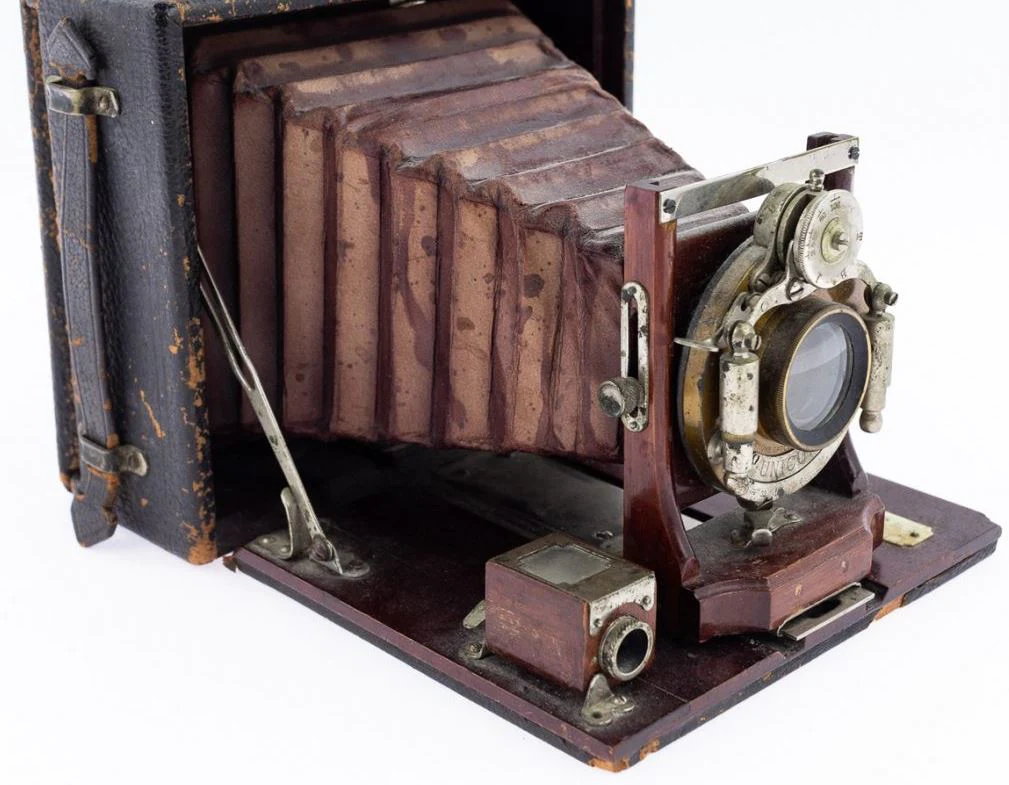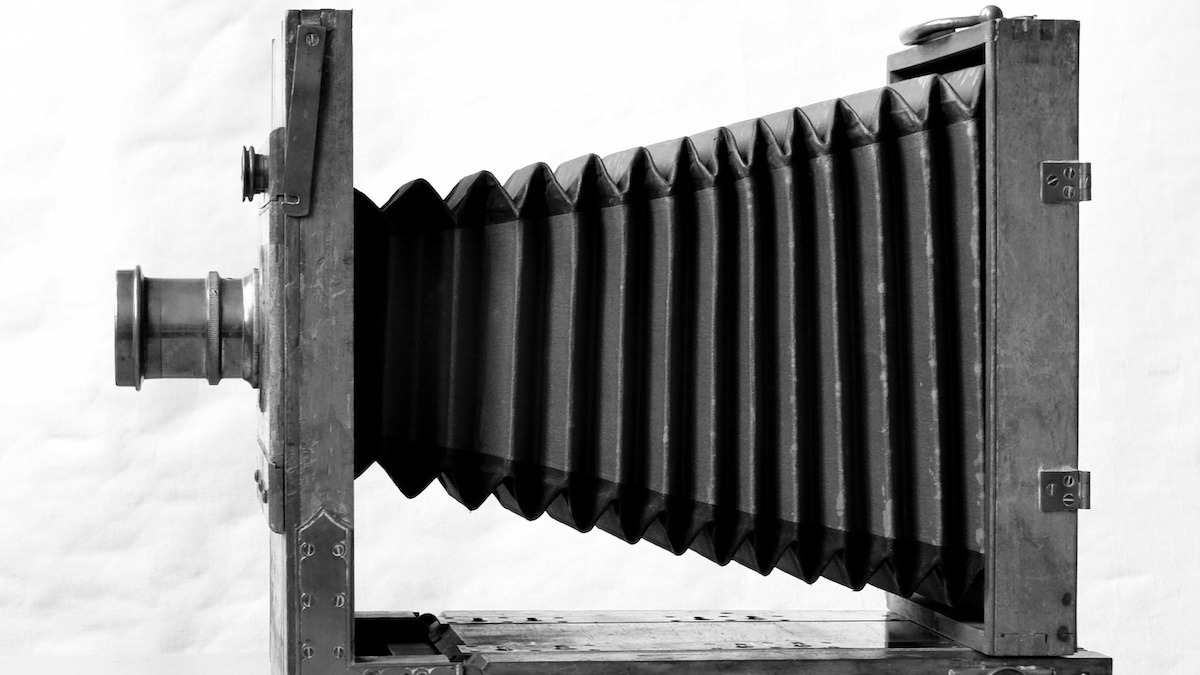The camera’s journey is a testament to human ingenuity and the relentless pursuit of capturing reality. From the earliest optical devices to the pocket-sized powerhouses we use today, each advancement has expanded our ability to document and share our vision of the world. This historical voyage not only charts the technological milestones but also the shifts in how we communicate visually, shaping our perception of time and memory.
The Dawn of Image Capture
The Camera Obscura Phenomenon
It began with a dark room and a ray of light. The Camera Obscura, Latin for ‘dark chamber,’ was the earliest known device to project an image of its surroundings onto a surface. It was a room-sized apparatus that artists used for tracing scenes with realistic perspective. This principle of optics, where light travels through a small hole to cast an inverted image, laid the groundwork for all photographic technology to come.
Evolving Through the Centuries
Over time, the Camera Obscura shrank from a room to a portable box. Innovators like Johann Zahn envisioned devices that could capture these fleeting images. But it wasn’t until the 19th century that chemistry caught up with imagination, allowing Joseph Nicéphore Niépce to capture the first permanent photograph. The race to refine image capture was on, leading to the daguerreotype and the birth of modern photography.

From Plates to Pixels
Unleashing the Power of Film
The cumbersome plates gave way to flexible film, a breakthrough made famous by George Eastman’s Kodak camera. This innovation democratized photography, making it more accessible and convenient. As cameras became more user-friendly, an explosion of visual storytelling began. People could now document their personal lives, and journalists could capture events as they happened, with speed and ease.
Rise of the Electronics
The leap from mechanical to electronic brought profound changes. Automatic features and electronic flashes improved ease of use and image quality. Meanwhile, the VHS player revolutionized home entertainment, showing the potential of electronic media in everyday life. As we embraced video, we craved the same technological leap forward in photography—this set the stage for the digital revolution.
The Digital Revolution and the VHS Player’s Cousin
Entering the Digital Age
The late 20th century saw the shift from analog to digital, with sensors replacing film. Digital cameras like the Nikon D1 made photography faster, easier, and more versatile. As the technology improved, it also became more affordable, leading to widespread adoption. Digital cameras featured instant playback, reminiscent of the immediate gratification the VHS player provided for home movies.
Convergence of Media
Just as the VHS player once brought movies into the home, digital cameras integrated video, merging two forms of visual media. This convergence created a new hybrid, the digital camcorder, which further blurred the lines between still photography and videography. Now, not only could we freeze moments in time, but we could also capture motion and sound, enriching the way we preserved memories.
Modern Imaging and Beyond
Mirrorless Technology and Connectivity
Today, we stand at the cusp of a new era with mirrorless cameras leading the charge. These cameras offer the capabilities of their mirrored DSLR relatives but in smaller, lighter bodies. Wi-Fi and Bluetooth connectivity in cameras mean we can share images almost as quickly as we can capture them, much like the immediacy once offered by the VHS player when recording home videos.
Imagining the Future
As we peer into the future, we see cameras incorporating augmented reality (AR), artificial intelligence (AI), and high-resolution video in ever-smaller packages. The lines between reality and digital representation continue to blur. Cameras of the future may very well serve as our eyes, augmenting our reality with layers of information, much as they once projected images onto walls in darkened rooms.
The evolution of cameras from the Camera Obscura to digital marvels is a narrative of human progress. It reflects our insatiable desire to capture life’s moments and the steady march of technology. The VHS player’s era, while seemingly distant, is an integral part of this story, representing a time when electronic media became personal. As we continue to push the boundaries of what cameras can do, we honor the legacy of the oldest cameras, celebrating the profound ways they’ve transformed our lives. The journey of the camera is far from over, and its future is as promising as the rich history it leaves behind.
